Dread Delusion is a dark fantasy open-world RPG that draws parallels to weird tales pulp fiction authors of the early 20 century. The game’s writing, lore, and design seem as if they slithered from the pages of H.P. Lovecraft, immersing players in a world of eldritch horror and cosmic mysteries.
Developed by indie studio Lovely Hellplace and published by Dread XP, known for releasing independent horror games like the terrifying Mortuary Assistant, Dread Delusion offers an epic RPG experience. Players explore a world of dreamy, indescribable vistas and political intrigue that is woven into a fantastic narrative. Sadly, Dread Delusion is held back by unrewarding combat, loot, and level design that can feel barren at times.
Oneiric Odyssey
Dread Delusion’s greatest strength lies in its compelling world building and writing. You play as a prisoner of the inquisition on the Oneiric Isles, a set of islands floating above a once technologically advanced civilization destroyed by its own hubris. This inquisition isn’t hunting non-believers of their own religious ideology; instead their faith is in science, and they hunt believers of the old gods. They fiercely stamp out any attempts to revive deity worship after a great war with the gods returned power to man.
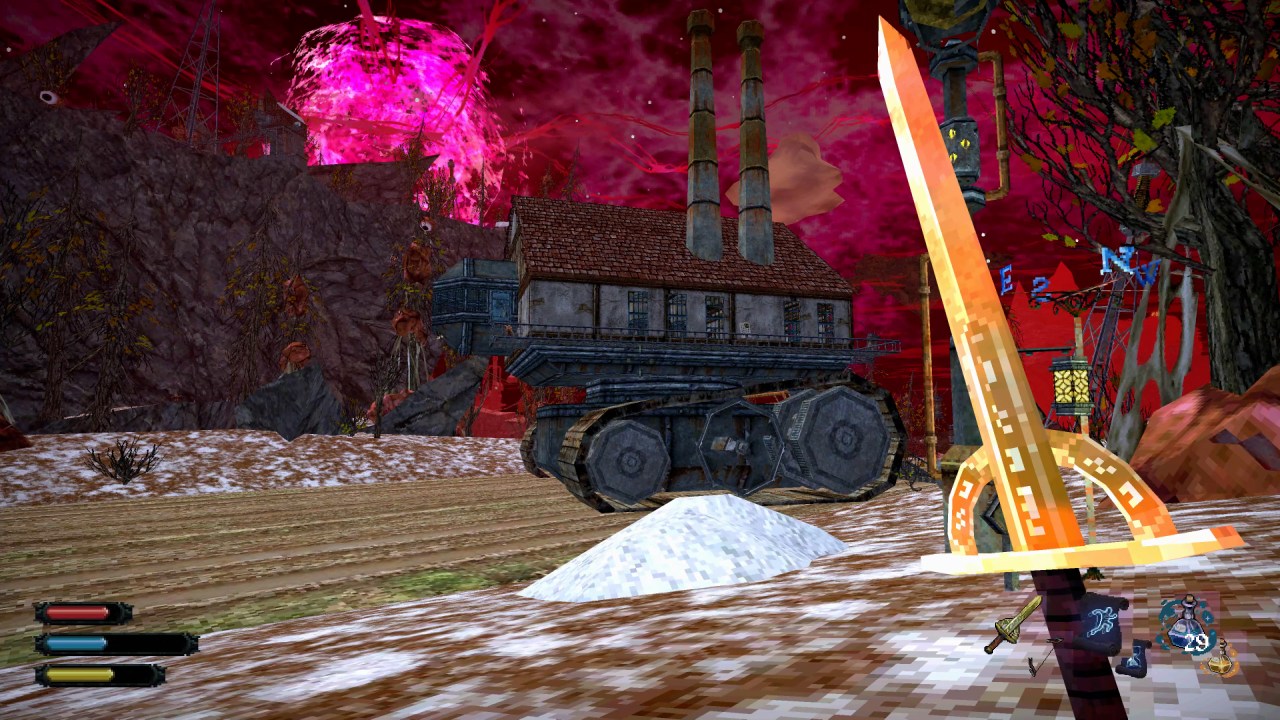
The game starts with the inquisition releasing you from prison and forcing you to hunt down a pirate named Vela Callose. In your search you travel across some of the most fascinating and narratively well-developed lands I have encountered in a game recently. This includes the Endless Realm, an island where inhabitants never die, yet are forced to suffer as their bodies rot and wither away, and the Clockwork Kingdom, where citizen’s lives are dictated by a mad robotic king who speaks in indecipherable riddles. The islands and its people are set against a rich historical backdrop that I had a blast learning about. To enjoy Dread Delusion to the fullest, I believe you need to be willing to take the time to read through every dialogue and book you encounter.
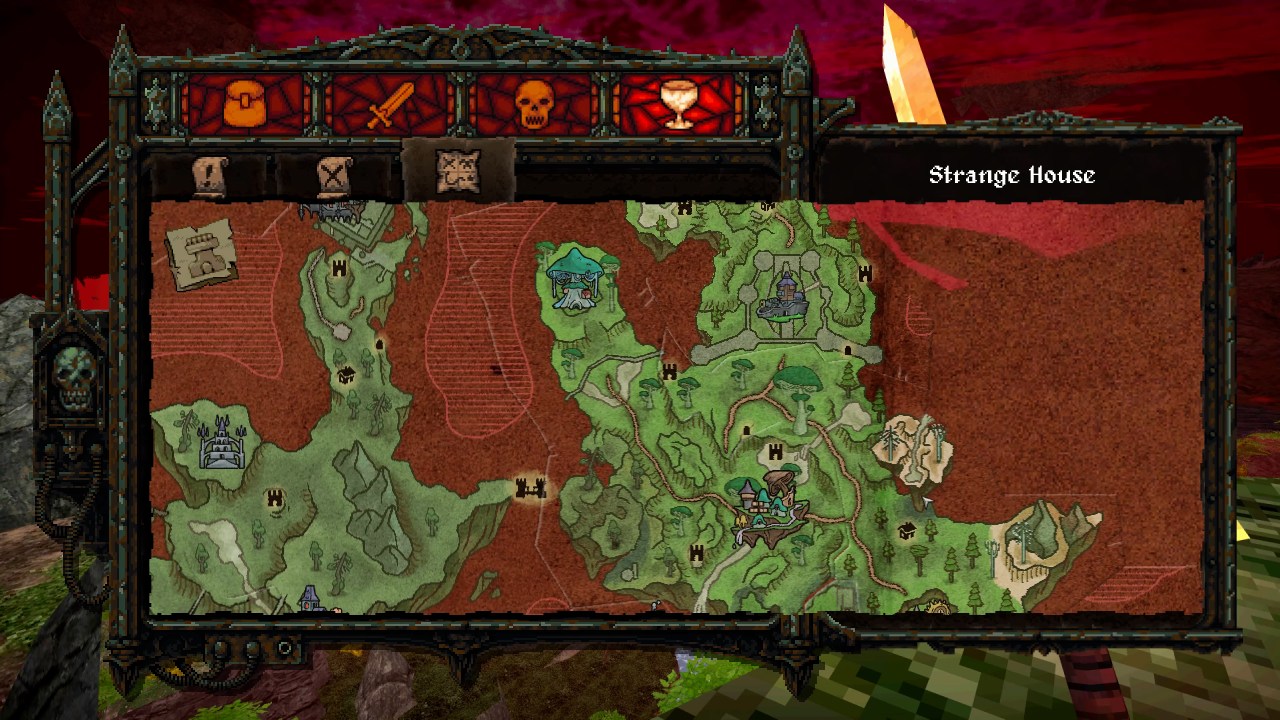
The visuals of Dread Delusion are directly influenced by classic RPGs such as Morrowind. The low-polygon models and stretched textures evoke a nostalgic charm reminiscent of 90s and early 2000s gaming. This visual style can sometimes be endearing and other times visually grating. The vast draw distance while outdoors can be visual overload and look downright ugly at times. There is also an odd warping effect to the screen, causing all the models to sway and breathe as if you’ve just ingested a potent cocktail of psychedelics. While I would have loved to have titled this review Fear and Loathing in the Oneiric Isles, thankfully the developers provided an option to turn this effect off in the settings. I would have struggled to make it through the game if this was not an option. It added further chaos when visuals were already busy.
Delusions of Grandeur
The Oneiric Isles are separated into three distinct regions. Each new area must be unlocked by figuring out how to bypass or unlock bridges that connect each of them. The primary quest branches out into two different paths that can be tackled in either order, offering players some flexibility in progression. There are plenty of side quests to explore on each island, and it is easy to get lost in the various stories and adventures. The game doesn’t mark which NPCs have quests, so it is worth talking to everyone, particularly in city centers where the majority of quests are found.
Side quests are well-written, interesting, and tie in with each of the different sky isles themes. One particularly memorable quest takes place in the Endless Isles, where the inhabitants are cursed to live eternally and consume human flesh. To avoid going to war with the other isles, they have built farms to grow flesh humanely. The player makes a shocking discovery that raises ethical questions about the farming practices, and has to make a morally ambiguous decision. The quest outcomes and decisions in Dread Delusion are never black and white. You will rarely come across a clear cut good vs. evil decision, which I enjoyed.
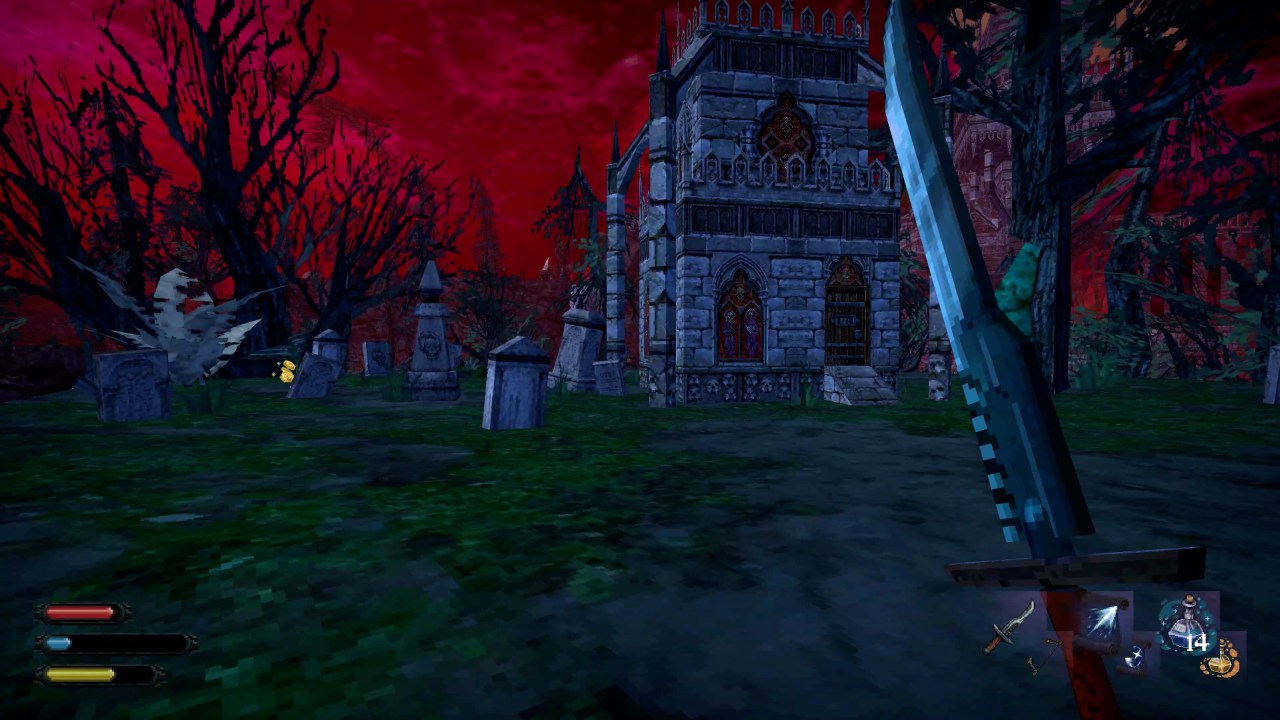
Dread Delusion heavily encourages exploration by hiding skulls called “delusions” throughout the world. Delusions are a form of experience which you use to upgrade your main ability points once you have collected enough. You also gain delusions for completing side quests. Unlike many other RPGs, you do not gain experience from combat. The issue with an exploration based system for leveling up is that many areas feel large, empty, and visually uninteresting due to a lack of environmental details. Also a limited variety of loot further fails to incentivize thorough exploration.
For the first 10 hours, I had a very mixed, mostly negative, reaction to the game due to the time I spent running between different points on the map to complete quests. The game’s restricted fast travel system in the early stages further add to my frustration. While this may be true to form for the older RPGs Dread Delusion emulates, it isn’t enjoyable in practice. My experience improved significantly once I acquired the accelerate spell, which increases your character’s movement speed to a comical levels. It allows you to zip across the map and painlessly reach your quest destinations without the standard slog required without it. I highly recommend that players prioritize obtaining this spell as soon as possible. It greatly enhanced my enjoyment of the game and allowed me to focus on what the game does right: the fantastic writing and lore.
The game provides no quest markers and requires you to pay attention to dialogue and consult your journal to figure out where to go next. Throughout your exploration of the Oneric Isles you will unlock locations of interest on your map which help orient you. It requires a bit more thought than many other modern RPGs to find you quest objectives, but I found this to be fun and rewarding. I wish modern RPGs would hold the players hand less like Dread Delusion instead of making objectives laughably easy to find for every quest.
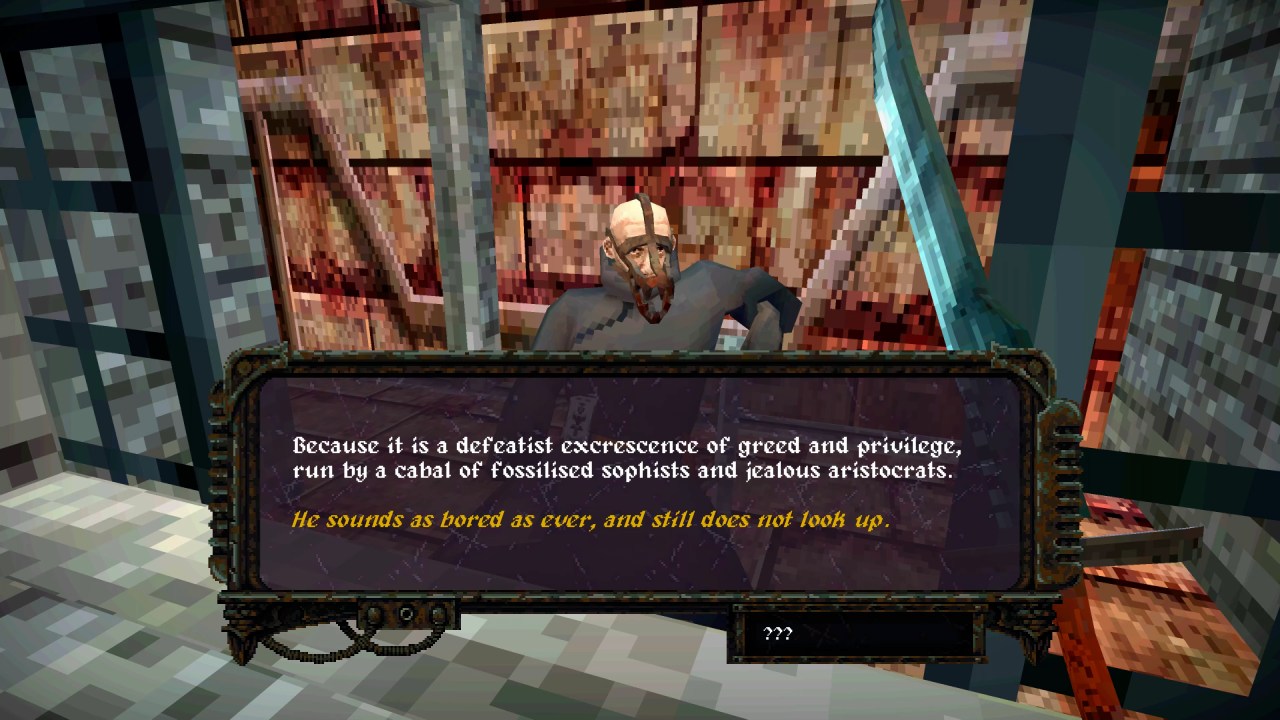
My biggest complaint with Dread Delusion is the combat. The combat is neither fun nor rewarding. The game is a simplistic hack and slash, with unvaried enemy AI that sometimes fails to engage at all. There also aren’t really any boss fights or interesting mechanics that vary from one enemy type to another. Overall combat proves to be too easy throughout.
As a spell caster, I found combat only slightly more interesting. There’s a good selection of spells to choose from, but really only found myself needing to use one to dispatch every enemy. You can easily strafe around monsters while attacking melee, and most of the time, they won’t be able to land a hit on you. The game offers a few different melee weapons to discover during your adventures, but they don’t feel significantly different from one another. While the bow offers a more enjoyable alternative, there’s a weird delay between firing and notching your next arrow that makes it feel clunky to use.
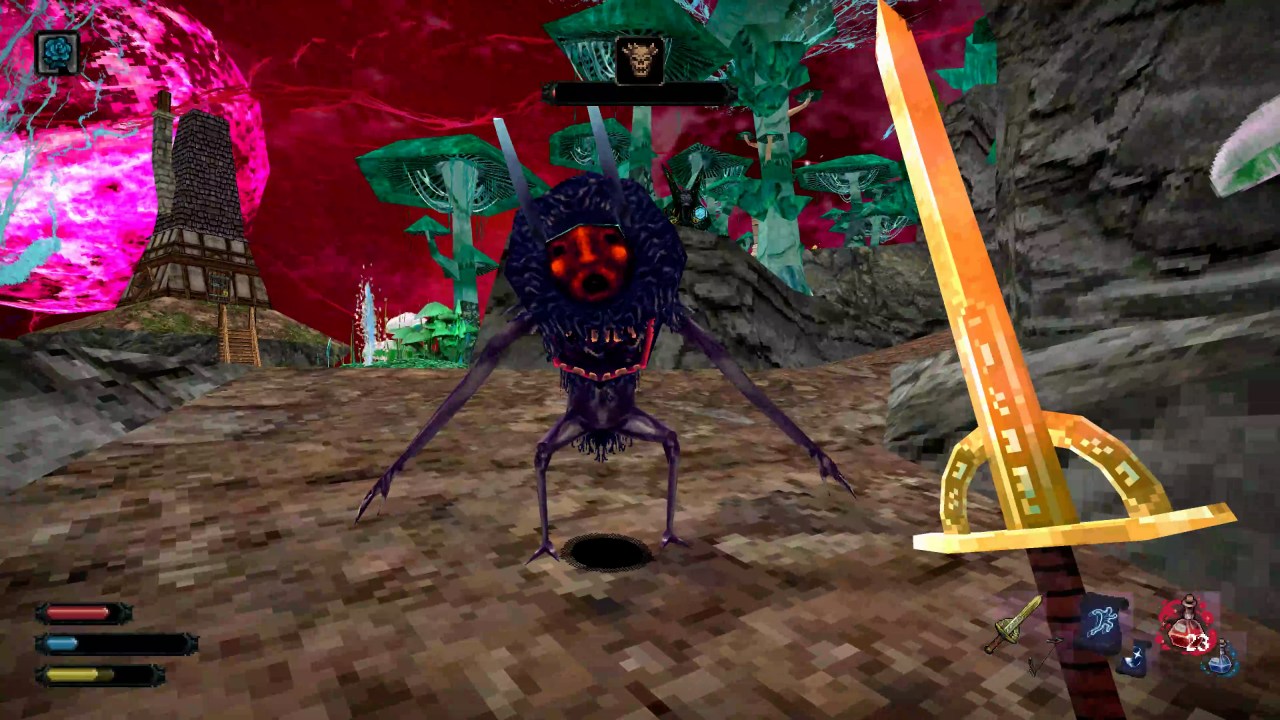
On a more positive note, Dread Delusion features a much wider variety of armor and jewelry with various stat bonuses and effects. Both armor and weapons can be upgraded using crafting materials found throughout, adding a nice layer of progression beyond collecting delusions. But combat was so easy that most of these stat bonuses felt unnecessary.
While I really like the idea of placing emphasis on exploring and questing for progression, not having experience from killing monsters made most encounters feel pointless. Monsters drop the same rotation of loot and at a certain point in the game you’ll have such a surplus and there will be no reason to fight. Near the end of the game I simply ended up skipping most encounters as I was fully stocked on items and there was no reward for engaging.
Reach for the Sky
The main quest in Dread Delusion is a blast to play through. You’ll be chasing the sky pirate Vela Callose as she attempts to reclaim an artifact from before a great cataclysm called the world rend. The world rend destroyed the planet’s surface and forced survivors to live on floating islands in the sky. She hopes to use the artifact to reshape the world into a new, better version of itself. This artifact was created by a once great fallen civilization called the Embarians who once lived on the surface before the world rend. Some believe the Embarians are responsible for the planets destruction, which is why the inquisition fears the artifact falling into Vela’s hands. They believe it could lead to even more death and destruction if wielded.
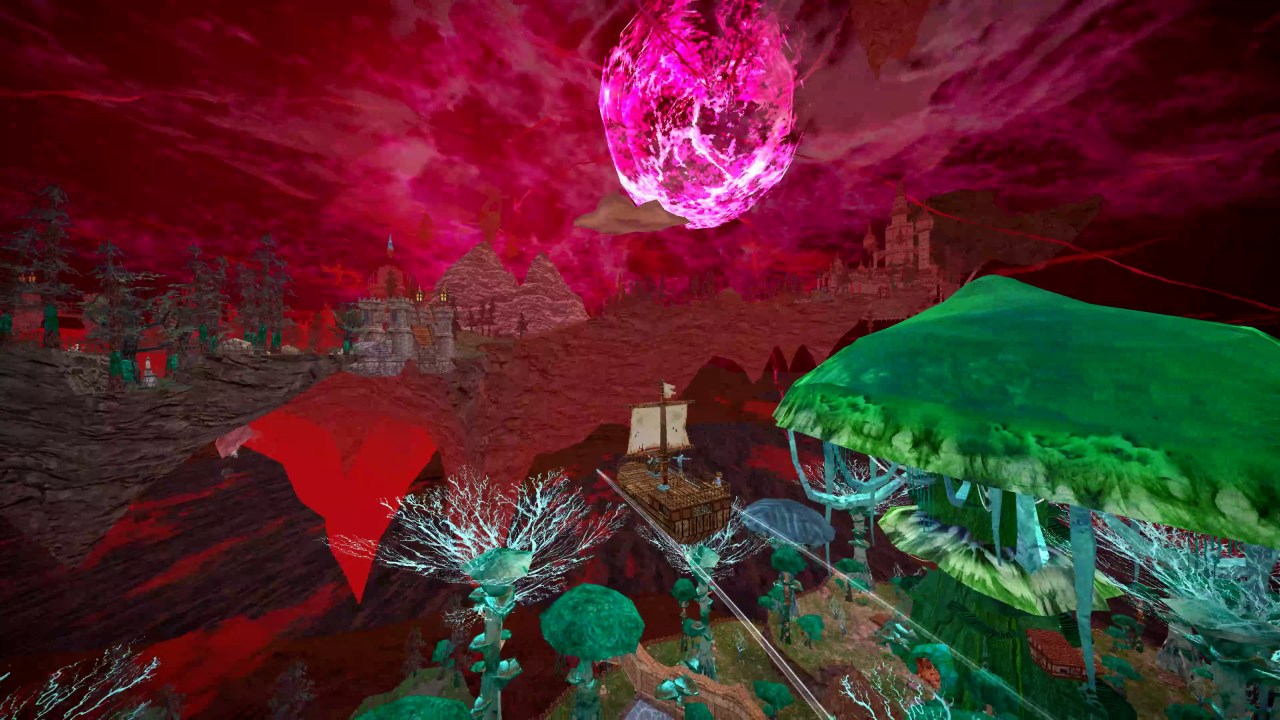
Near the end of the main quest, you’ll acquire an airship that allows you to sail across the isles, wrap up any remaining side quests, and make new discoveries that were previously inaccessible. I really liked being able to revisit areas and see what new things I could uncover. There’s also upgrade options for your vessel if you want to invest the resources.
Dread Delusion is a massive game, especially considering the size of the team who produced it. I spent around 25 hours to roll credits, and even then, I had not completed every side quest in my journal, and I am sure there were a few out in the world I hadn’t collected. Given the game’s indie nature and massive scale, it’s not surprising that players will encounter bugs and technical issues. I experienced various glitches, such as getting stuck in the environment, being unable to close my inventory, and enemies clipping through the ground. One particularly problematic bug involved a piece of scenery spawning in the middle of an elevator required to progress the story. I thought this was an intentional obstacle at first, and I wasted a significant amount of time searching for an alternate route up the mountain. Eventually, I discovered I could jump into a narrow opening on the elevator, and still activate it regardless.
As someone who appreciates the effort and ambition of an indie team taking on a project of this magnitude, I am more forgiving of these technical issues. But the game undoubtedly requires further polishing, which I hope will be addressed through future patches and updates.
If you come to Dread Delusion to soak in the Lovecraftian fever dream inspired lore, you’ll find a lot to like. Just be prepared to contend with clumsy combat and periods of aimless wandering across barren landscapes. Since the game encourages exploration to level up, I would have liked to have stumbled across more interesting characters, loot, and activities while outside the cities and in the open world. For Lovely Hellplace’s next outing, I hope they can maintain the strong world building, writing, and unconventional vibe they’ve established and focus on making the minute-to-minute gameplay as compelling as the lore.
Thank you to Dread XP for providing us a review copy. You can find Seasoned Gaming’s review policy here.




